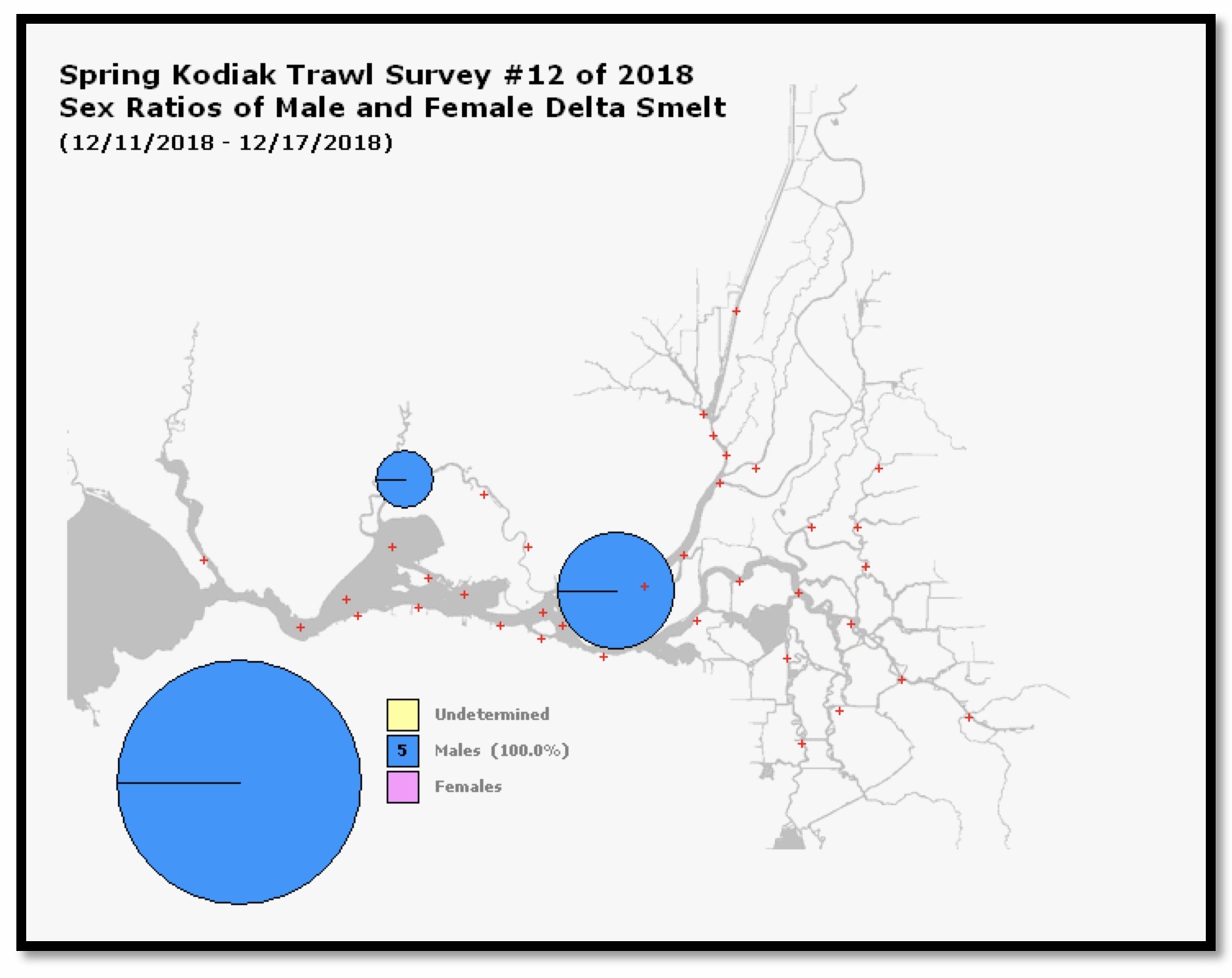A just-released UC Davis Study1 concludes that the decline in the Delta pelagic open water habitat and fishes is strongly related to non-native clam invasions and water exports. This long-held theory now has strong supporting evidence.
| “The low pelagic productivity of the SFE [San Francisco Estuary] is considered a primary cause for the low abundance of several resident fish species (Sommer et al. 2007), including the imperiled Delta Smelt (Feyrer et al. 2003; Sommer et al. 2007; Hammock et al. 2017; Hamilton and Murphy 2018).” |
In their study paper, the authors reviewed five theories on the decline in estuary productivity:
- Grazing by invasive clams.
- Ammonia inhibition from sewage treatment plants.
- Phosphorus limitation
- Elevated nitrogen.
- Freshwater exports.
The paper concludes there is “a growing consensus that the decline in pelagic fish abundance in the SFE is at least partially due to a trophic cascade, triggered by declining phytoplankton (Feyrer et al. 2003; Sommer et al. 2007; Hammock et al. 2017; Hamilton and Murphy 2018)”.
The authors noted that “the suppression of phytoplankton abundance due to exports cannot be reversed with equivalent releases from upstream reservoirs. Releasing water in late summer/fall increases flow, which decreases residence time, and therefore suppresses phytoplankton abundance (Table 2, Fig. 6).” This finding is extremely important because the primary form of mitigation for Delta exports has been maintaining outflow by increasing inflow with reservoir releases.
The study’s analyses strongly indicate that the decline in estuary productivity is associated with the clam invasion and increasing exports over the past five decades. The effects are most pronounced in non-wet years when fish production is most negatively affected.
There are factors not discussed in the study paper that deserve mention:
- The increase in invasive clams and the more upstream distribution of clams are also enhanced by the increasing exports and lower Delta outflows resulting from higher exports.
- The reduction in zooplankton (fish food) and fish abundance is also directly affected by the entrainment of both in exports.
- The trophic collapse is also related to an increase in invasive rooted and floating aquatic plants, including Egeria and hyacinth over the same period. These plants compete with phytoplankton for nutrients and pelagic habitat. They also mechanically trap phytoplankton. For example, when flood tides carry turbid phytoplankton and water laden with suspended sediment into margin habitats that have an abundance of aquatic plants, ebb tides return clear water. Invasive aquatic plants have also benefitted from declining phytoplankton and suspended sediment, setting off a vicious circle of declining pelagic productivity.
- Hydrodynamic Modeling Coupled with Long-term Field Data Provide Evidence for Suppression of Phytoplankton by Invasive Clams and Freshwater Exports in the San Francisco Estuary, April 8, 2019. See description (“Clams and Water Pumping Explain Phytoplankton Decline in San Francisco Estuary” at: https://www.ucdavis.edu/news/clams-and-water-pumping-explain-phytoplankton-decline-san-francisco-estuary. ↩












